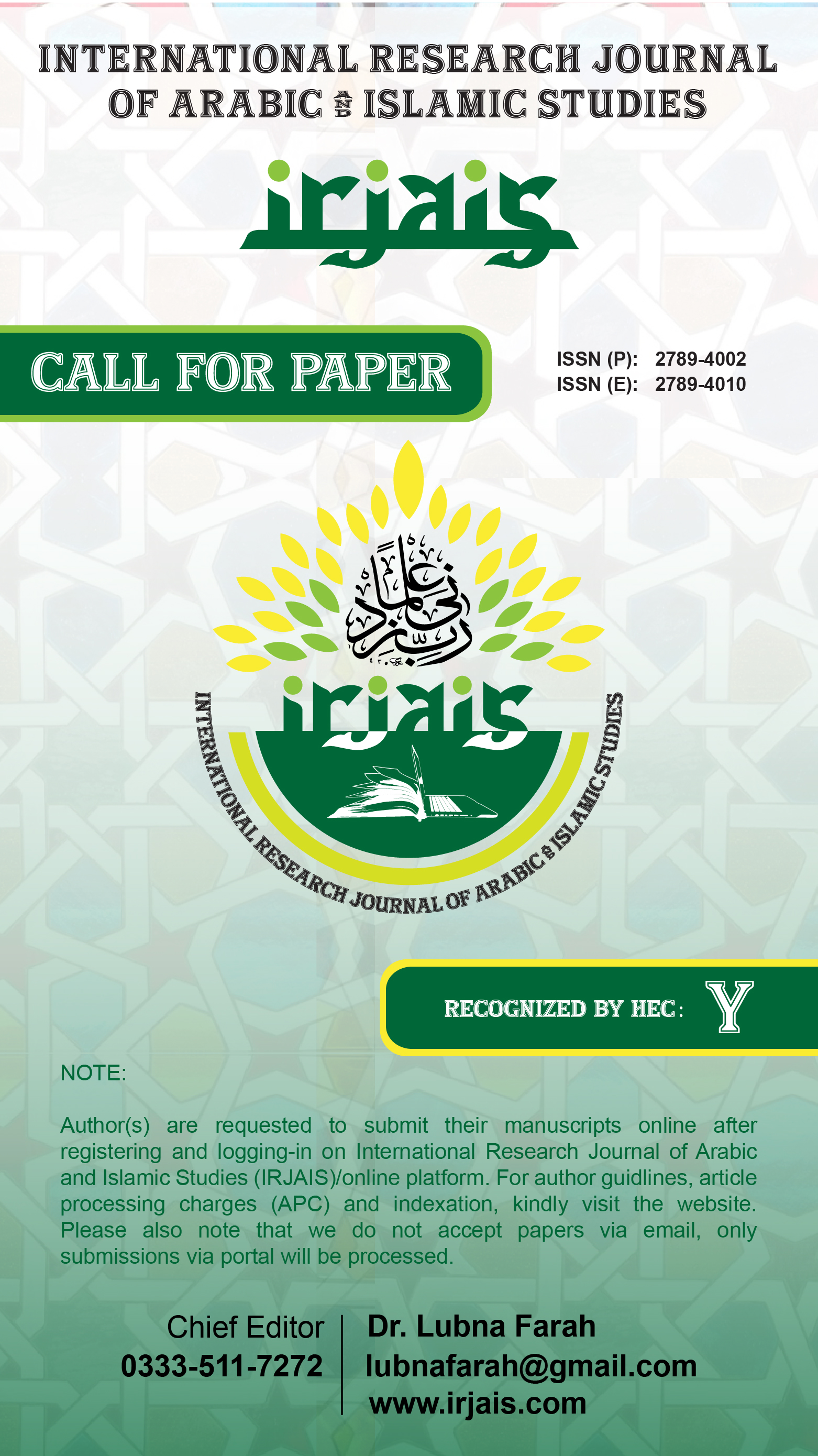Language Learning Strategies Used by Chinese Language University Students
Keywords:
Language learning strategies, Chinese learners, Strategy Inventory for Language Learning (SILL), direct Strategies, indirect Strategies, meta-cognitive strategies, affective strategies, and cognitive strategiesAbstract
The idea of "learning strategies" became prominent in the 20th century, signifying a shift in educational thinking from focusing solely on observable behaviors (behaviorism) to considering internal mental processes (cognitivism). This cognitive shift has reshaped our understanding of the teaching-learning process, emphasizing learner-centered approaches in both conventional and digital learning environments. Research in second language acquisition underscores the significance of employing effective language learning strategies to foster learner autonomy, enhance communicative competence, and bolster overall proficiency in second or foreign languages. This research explores the utilization and patterns of language learning strategies among university students studying Chinese language, encompassing their overall strategy deployment and the six strategy categories delineated in the Strategy Inventory for Language Learning (SILL) questionnaire devised by REBECCA L. OXFORD (1990). Employing convenience sampling due to practical constraints, 350 questionnaires were disseminated among Chinese language students at NUML (Confucius Institute and Chinese Department). Data analysis was conducted using the SPSS version 22 software, employing descriptive statistics to compute frequencies, percentages, mean scores, and standard deviation. This facilitated the classification of participants as low, medium, or high strategy users based on mean scores. Findings indicated that Pakistani CFL learners exhibited a medium level of overall strategy utilization, with a predilection towards social and meta-cognitive strategies demonstrated at a high frequency, and affective, cognitive, compensation, and memory strategies employed at a moderate frequency. The study holds significance for educational policymakers and researchers in informing policies pertaining to second/foreign language acquisition and pedagogy. Moreover, the outcomes offer valuable insights for prospective Chinese language educators, enabling them to enhance the efficacy of Chinese language instruction in the Pakistani context and empowering students to become autonomous learners beyond the confines of the classroom.





